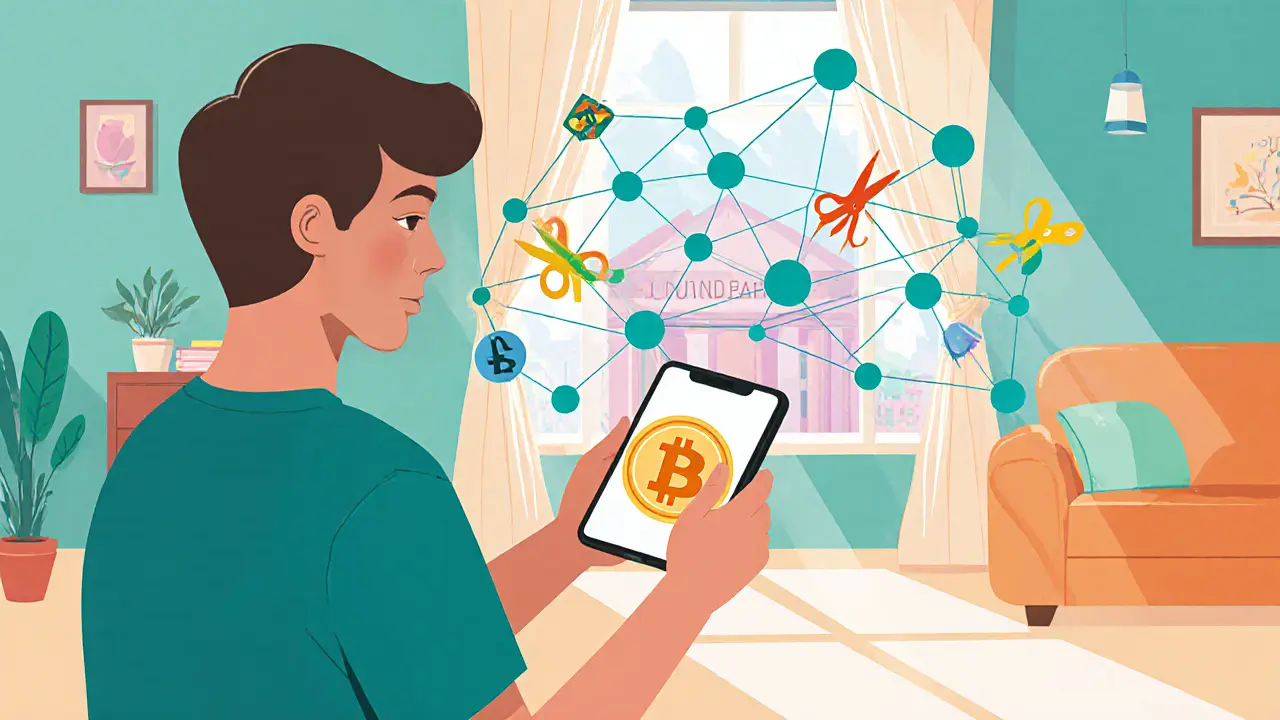Cross‑Border Payments
When working with cross‑border payments, the movement of value across national borders using blockchain or traditional financial channels. Also known as international crypto transfers, it connects markets, bypasses legacy systems, and faces a patchwork of rules. Understanding cross-border payments helps you navigate the complex landscape of finance, compliance, and technology.
One of the biggest game‑changers is the EU's Markets in Crypto‑Assets regulation, or MiCA, a framework that standardizes how crypto services can operate across member states. MiCA creates a passport system so a compliant service in one country can offer the same product in all EU markets without re‑licensing. That means cross‑border payments can become smoother, but only if providers follow the new compliance duties like AML checks, capital buffers, and consumer protection rules. The regulation also forces non‑EU firms to set up EU subsidiaries or partner with local entities, tightening the link between legal structure and payment flow.
Tech Controls That Shape Global Moves
Even with favorable regulation, many platforms still limit who can send or receive funds based on location. Geofencing, the practice of blocking IP addresses from restricted regions is a common first line of defense. Exchanges like Bybit use a mix of IP lookup, VPN fingerprinting, and device profiling to enforce regional bans. This tech directly influences cross‑border payments by deciding which users can access a service in real time. If you try to bypass a geofence with a VPN, you might hit multi‑layered detection that flags the transaction and could trigger account suspension.
Relatedly, sanctions, government measures that block financial flows to certain countries or entities have pushed some actors to use crypto as a shortcut. Iran, for instance, mines Bitcoin to generate value outside the traditional banking system, then moves it across borders using peer‑to‑peer networks. While that tactic shows the power of decentralized assets, it also puts pressure on regulators to tighten monitoring, especially when illicit funds cross multiple jurisdictions.
Finally, cross‑border compliance doesn’t stop at borders. The OECD’s Automatic Exchange of Crypto Tax Information (CARF) forces countries to share transaction data automatically, creating a global net that catches tax‑evading flows. For businesses handling cross‑border payments, this means integrating tax reporting tools and staying updated on each jurisdiction’s filing deadlines.
All these pieces—MiCA’s passport, geofencing tech, sanctions workarounds, and tax data sharing—shape the real‑world landscape of international crypto transfers. Below you’ll find a curated set of guides that break down each element, show you how to stay compliant, and reveal practical tips for moving value across borders safely and efficiently.
